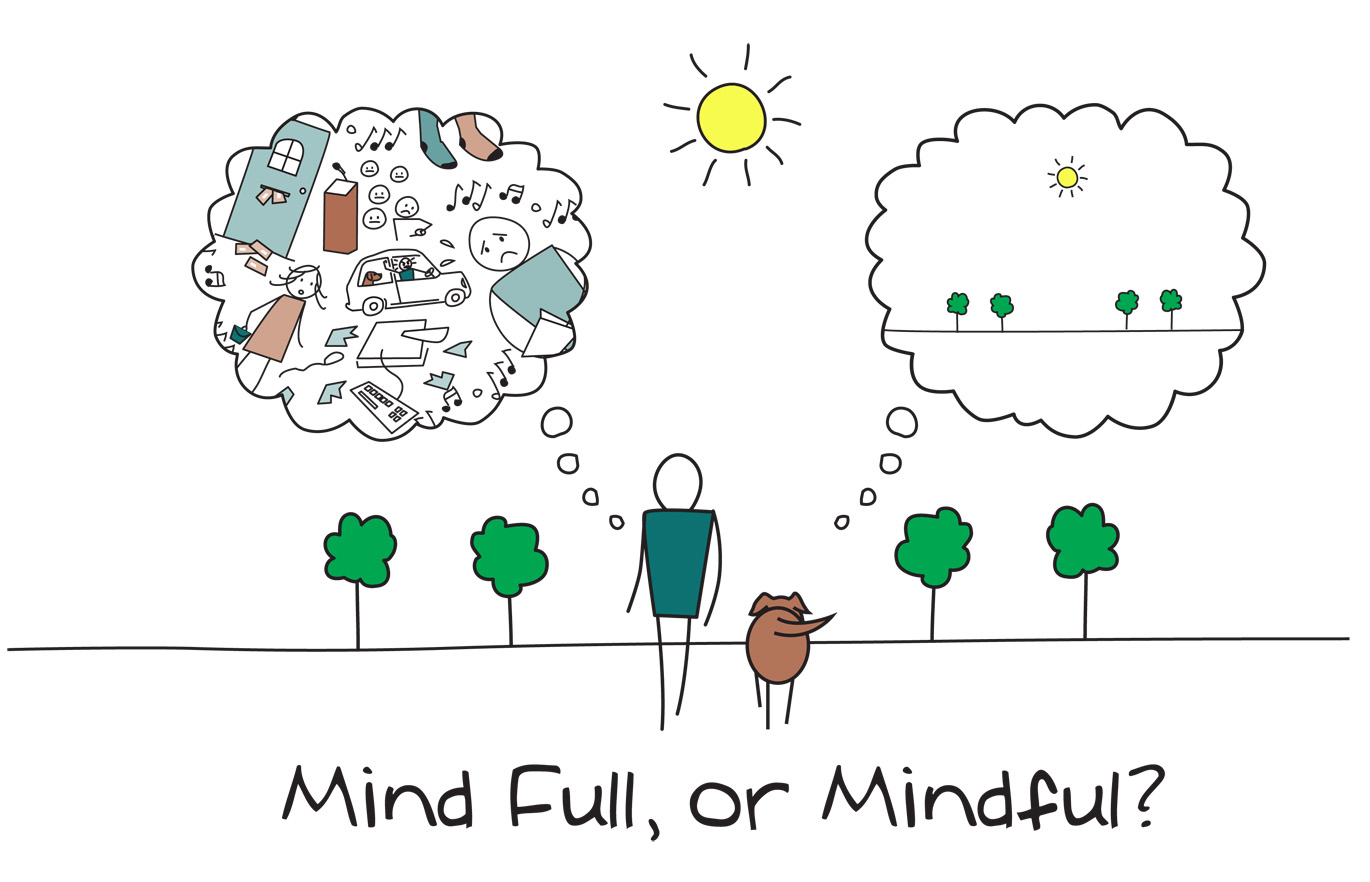Hands up if you’re feeling more tired than usual? If you’re human, your arm will be above your head…
Given so much of our mental bandwidth is being taken up by the coronavirus, our levels of stress have heightened, which is causing us to lack energy and feel more tired. These are the first signs of struggle, and what tends to come next are feelings of anxiousness, a shortened temper, and a change in sleeping habits.
Our brains need to be taken care of and even more so now. Most of us are good at looking after ourselves physically, yet often fail when it comes to our minds as we don’t know how. What’s more, we sometimes think of it as self-indulgent so we don’t prioritise it. And we find it hard to be still and comfortable with all of our mental activity. In fact, in 11 different studies, it was found that many would prefer to receive mild electric shocks than be alone with their own thoughts for 6-15 minutes! Yet when we don’t recharge our minds, we pay the price for this personally and professionally.
There is no doubt that you would have heard of mindfulness before. This practise has stemmed from Buddhist traditions and like so much else, has now been incorporated into mainstream Western culture, and even rolled out at schools, gyms, sporting clubs, workplaces and nursing homes. And for good reason! Mindfulness has been shown through studies to alleviate the symptoms of anxiety, depression and stress, and lead to better sleep, more energy, improved mood and attention, enhanced awareness and creativity, and increased productivity and deeper connections with others.
Although mindfulness has been deemed as a cure for several common problems, some researchers from Melbourne University have suggested that the hype may be ahead of the evidence given there are issues with how mindfulness is defined, practised and researched. Regardless, it’s up to you to make your own decision on whether being mindful works for you and how you practise it.
The mind is just like a muscle – the more you exercise it, the stronger it gets and the more it can expand
Idowu Koyenikan
So what is mindfulness exactly?
Mindfulness is commonly defined as paying attention to the present moment without judgement. It asks you to think less about the future and the past, and more about what’s happening right now. It can be practised formally by sitting and meditating, or informally by being fully present when doing the dishes or brushing your teeth. It’s about fully immersing yourself in your current activity and allowing it to rest there rather than letting it wander. Although the terms are sometimes used interchangeably, mediation and mindfulness are not the same thing. Not all mindfulness activities involve meditation, and vice versa. This clip summarises well what mindfulness is and its benefits.
When we continually practise mindfulness, what happens over time is that the neural systems that manage attention in our brains begin to change. So we are more able to stay in the present moment in the future, which makes us more calm.
How do I practise being mindful?
Some more formal ways to practise mindfulness (with an accredited practitioner) may include Mindfulness‐Based Stress Reduction (MBSR), Mindfulness‐Based Cognitive Therapy (MBCT), Acceptance and Commitment Therapy (ACT) and Dialectical Behaviour Therapy (DBT).
There are also a number of apps you can try that offer mindfulness-based activities (some that include meditation too) including: Smiling Mind, Headspace, Insight Timer, Calm, 1 Giant Mind and Mental Workout.
Yet these are all formal approaches. Simply looking into someone else’s eyes for a minute (my favourite with teams) or taking five minutes to observe your food before eating are also considered mindfulness-based activities.
Researchers don’t know how often or how long we should practise mindfulness. Yet what’s known is that doing it once will not bring much long-term benefit.
It’s important to note that mindfulness is not for everyone – those suffering from serious mental health disorders such as bipolar or schizophrenia need to seek medical advice before practising mindfulness.
Where and when should I practise?
I love Dr Adam Fraser’s suggestion of finding a third space, which is somewhere you go between two activities, perhaps work and home, which allows you to regroup and regenerate (potentially through mindfulness) so you show up with your best self (relaxed and present, rather than highly strung and tense) when reconnecting with those most important to you.
Given we are no longer commuting to the office, we need to find a place (the backyard or shed will do) where we can go each day that can allow us the time (five minutes is enough) to practise being mindful. Whilst here, you can try activities from the apps listed above, or you can just simply sit and be aware of your senses. Lately, I have been noticing three things that I can smell, see and hear, and what I have found is that when my mind is focused on what’s around me, it’s impossible to be anywhere else.
Mindfulness isn’t difficult, we just need to remember to do it
Sharon Saltzberg
If mindfulness is new to you, it will take time and patience. When you find your mind wandering, be accepting and forgiving, and simply bring it back the present. Although it takes dedication, you’ll eventually strengthen your ability to control your thoughts and reactions, which will decrease stress and allow you to feel more calm.
And there’s no better time than now (May is Mental Health Awareness Month) for us to be more vigilant of our mental health and wellbeing.




